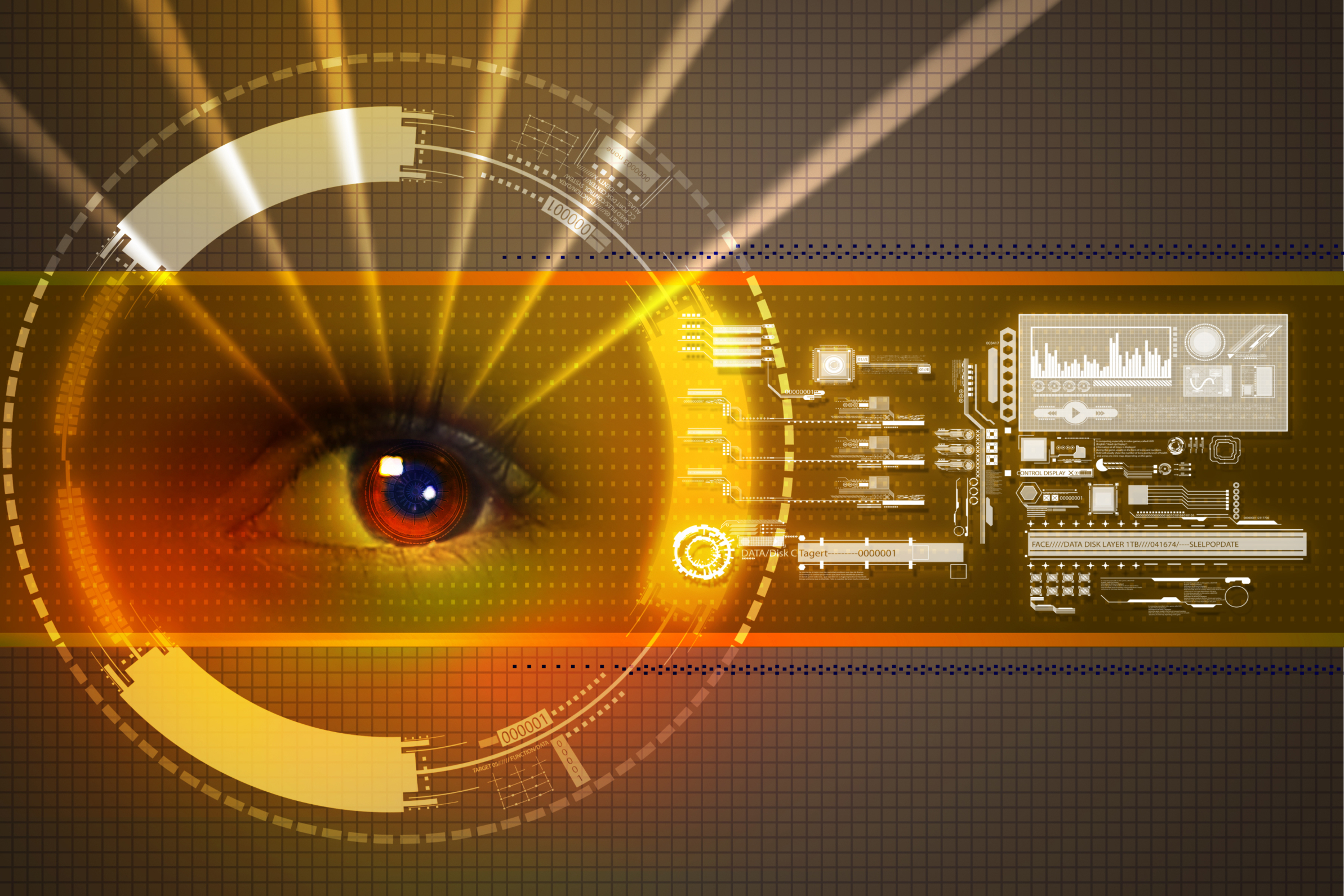
February 17, 2015
55 Interesting Intel Devices
Often in my novels, I use digital devices to create havoc in my plot. There are so many ways to do that–electronic eavesdropping, cloning smartphones, stealing wifi signals–that I now keep a list of the devices and purposes. See if any of these motivate–or frighten–you.
A note: These are all from novels I’ve read and therefore for inspiration only. They can’t be copied because they’ve been pulled directly from an author’s copyrighted manuscript (intellectual property is immediately copyrighted when published).
Computers
- Each keystroke made a distinct sound, as individual as a fingerprint. As the strings of keystroke clacks and clatters were beamed across the Atlantic, they were processed and stored at the Tordella Supercomputer Facility on the grounds of Fort Meade. Space bars, for example, made a very different sound when struck than regular keys. So did the return key, and it was always struck at the end of a string of characters representing a command. Certain strokes–the numbers 1 and 2 and the letters e and a, for instance–were statistically more common than others. Over the course of an afternoon, the NSA’s powerful description algorithms could with fair to high reliability assign an ASCII code to each distinct keystroke click, producing a transcript of Lockwood’s typing that would be almost as clear as it would have been… with a thermal camera peering over her shoulder.
- Keylogger, wireless—simple device inserted between the USB port and the USB plug of the keyboard, transmit keystrokes and screen shots to a collection device just outside the office
- A carefully crafted bit of software would graft itself to the operating system running Syria’s military and government computer networks, creating an invisible back door through which the CIA and NSA would have complete and untraceable access.
- A USB thumb drive from the NSA’s technical support center. A tiny 40-gig external drive, it looked and acted like a 10-gig drive, with the extra memory invisible behind a virtual wall.
- A flash drive that had beamed the entire contents of Joe’s flash drive to Martin.
- Facial recognition software
- The UV light revealed Martin’s latent fingerprints on the pad.
- handheld Bearcat scanner
- A RAMCAM, the little fingerprint reader that makes a thermal picture of the print, and the CRIMCON, which is hooked up to a video monitor.
- a second numeric touch pad, his own alarm, a motion detection system
- FaceIt—a sophisticated and rapidly evolving biometric software program manufactured by the Indentikit Corp. Would pick out all visible faces
- SIGINT–monitored radio broadcasts, phone and satellite communications, and internet connections worldwide
- Flex-8 “F-Bird’, the latest, most sophisticated digital recording device used by OCTF. Battery powered, smaller than a quarter
- FLIR–forward looking infrared
- Conducted a series of surveillance detection routes (SDRs) to make sure he wasn’t being followed, like getting off a bus two stops early
- a spark plug, often referred to as a ghetto glassbreaker
Perimeter
- Perimeter security was all microwave trip wires and heat sensors and miniature cameras.
Intel kits
- cash, sterile SIM cards, cell phones, lock-picking tools, a condensed trauma kit, tracking bugs, Tuff Ties, a Taser, folding knife, multitool, IR laser designator, infrared strobe, night vision monocular, compact weapon with high-end ammo.
- A small screwdriver set, needle-nose pliers, wire cutters, electrical tape, a small roll of wire, an electrical meter, some alligator clips, two tiny flashlights and lithium batteries, and of course, a small tube of glue bought from https://sugru.com/ and a roll of duct tape (to defeat a house alarm, the security box, and back-up batteries). If you’re looking for glue guns, then you may check out the best glues for mitre joints here.
- They contained all of the hard-to-acquire items an operative might need in a foreign country: cash, sterile SIM cards, cell phones, lockpicking tools, a small trauma kit, tracking bugs, Tuff-Ties, Taser, OC figgers, folding knife, multitool, an infrared and lasser designator strobe, a compact firearm, suppressor, loaded magazines, and extra ammunition, and a handful of other items.
- When the bird was launched, the owner had no idea it carried extra circuitry they didn’t pay for, certly embedded military data relay links the Allies wouldn’t try to shoot down or jam, because they wouldn’t know.
- algorithm
- alias
- anomaly
- assets on the ground
- automated indexer
- back-hack
- blip
- bot
- bricks and clicks
- bricks and mortar
- broadcast storm
- cipher
- clandestine
- console
- covert, trawler
- cryptanalysis
- disinformation
- flooding
- formulae
- hacker/cracker
- hive mind
- Infobahn
- keylogger
- line eater
- malfunction
- neophile
- network meltdown
- Operative
- Personnel databases—Accurint, AutoTrack, LexisNexis
- real time
- script
- soft targets
- subroutine
- technopreneur
- techspeak
- traffic analysis
- Trojan Horse
- web agent
- web crawler
- web spider
Personal
- Panic button—looked like a cheap, plastic garage-door opener, bright red, size of a quarter, hung around the neck
- RFID—radio frequency identification device—a miniature transponder in a credit card that gave off a return signal when it received a recognized interrogation signal, represents an exciting advancement in technology. Understanding RFID technology is essential to grasp how these devices function and the potential they hold for various applications, from secure payment systems to inventory management.
- VaporLock-recordless electronic communication. Once you open it, the sender’s name disappears, then the message disappears
- Iris capture
- Drive-by upload–send an email in HTML format to a targeted computer. Get someone with access to that email to open it and click on a hypertext line. The result was an influx of code into the target computer–a carefully crafted virus, in fact–that took over that computer and gave the sender administrative control.
Rooms
- SpyFinder Personal
- Battery-powered lens will detect any micro camera planted in a room, lighting up the camera’s lens with a red dot even if the camera is powered off at the time. Uses refracted light, only instead of using it to capture an image, it shoots beams of concentrated light that are refracted by the camera’s lens to reveal its position
- Trick the system into thinking a breach hasn’t occurred or hijack the signal before it gets to whoever’s looking—either a human or a mechanical device designed to start squealing.
- Spread-spectrum scanner—isolated the nearest signal, which should be the door sensor. He identified the frequency and dialed it into a small device the size of a billiard ball. He attached it to the wall and pressed a button. It softly chirped, then apparently did nothing, but I knew it was now blasting out a signal on the same frequency the door sensor used, overriding its ability to communicate with the control panel.
Drugs
- 2 milligrams of Arivan, 5 of Haldol, and 50 of Benadryl, injected intramuscularly. Emergency room psychiatrists called the combo a B-52 and used it to restrain psychotic patients. Haldol caused extreme sedation and reduced muscle control.—essentially temporary paralysis. Benadryl acted as another sedative a counter to the nastier side effects of the Haldo. Ativan was more pleasant, a tranquilizer that reduced anxiety.
Devices
- Used his cell phone and an RSA key to access the restricted URL of the NSAs Whois database of classified IP addresses worldwide
- Used cell phones to assassinate enemies for decades (call them and it blows up in their ear)
- Replayed the code in his mind again, sound by sound, and as each sound rang in his memory, he pushed its corresponding number on the keypad. Six tones then a click
- Knew how to turn on the OnStar microphone even if I’m not on it.
- I place an audio transmitter the size of a grain of salt under his media console and another in his bedrooma
- GSM A5.1 Real Time Cell Phone Interceptor—can handle twenty phones in quad band and four base stations and is undetectable
Phones
- trap and trace
- software inserted into the device’s operating system gave the team rel-time access to Khaddam’s emails, text messages, contacts, photos, voice calls. It also turned the device into a full-time transmitter
- made a Skype call from his laptop—you can’t trace those with towers
- An NNR GlobalEye, for the geosynchronous satellite, and then the LEO
- encrypted, unlocked, quad-band GSM cell phones
- He hacked my phone, did it electronically. Installed some form of data logger software. All he needed to do was to stand within a few feet of me. I keep the Bluetooth option switched on all the time. He could have simply uploaded it from his phone to mine in a matter of seconds.
- In the absence of a secure line, Skype was a spies first port of call; near impossible to bug, tricky to trace.
- Phone cached the video images, transmitting them to the DVR on Wherever when the cache reached capacity. Interchangeable lenses provided ultraviolet and infrared vision
Tracking
- Dime-size tracked devices that slide into purses or pockets and the ability to activate webcams on computers without the users’ knowledge
More technology in writing:
Metamaterials and an invisibility cloak
When does technical become boring
Jacqui Murray is the author of the popular Building a Midshipman, the story of her daughter’s journey from high school to United States Naval Academy. She is the author/editor of dozens of books on integrating tech into education, webmaster for six blogs, an Amazon Vine Voice book reviewer, a columnist for Examiner.com and TeachHUB, Editorial Review Board member for Journal for Computing Teachers, monthly contributor to Today’s Author and a freelance journalist on tech ed topics. You can find her book at her publisher’s website, Structured Learning.











